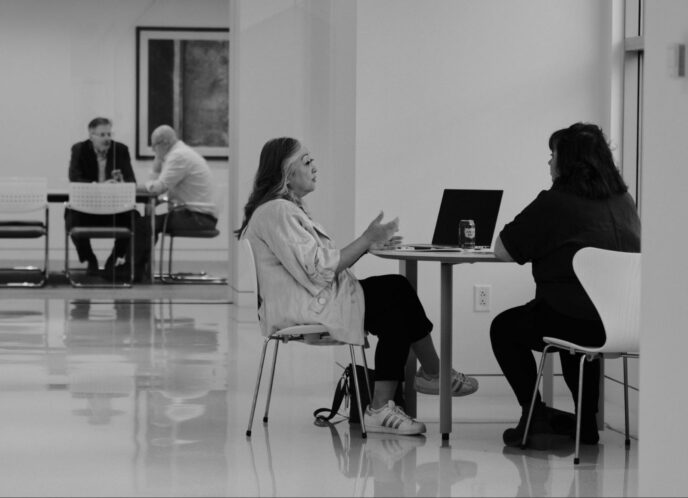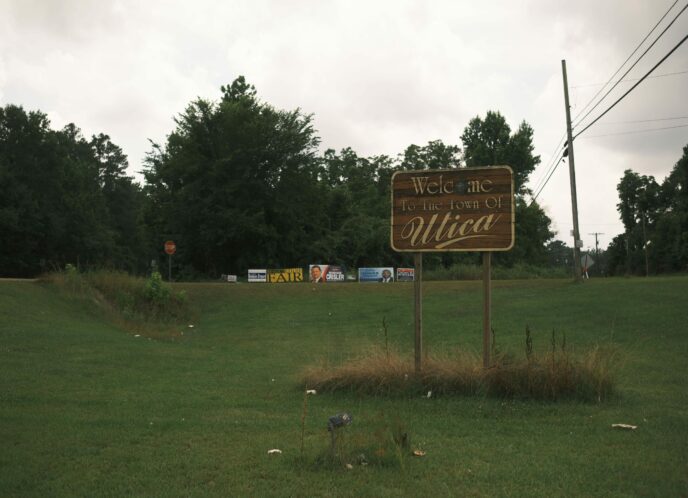
I had this quote in mind last week when we joined our allies at the National Digital Inclusion Alliance (NDIA), Public Knowledge, New America’s Open Technology Institute (OTI), Free Press and over 20 local NDIA affiliates from over 15 states to speak with their representatives on Capitol Hill about the digital equity and digital inclusion work they do in their communities. There’s a lot of critical human rights under attack from this current administration including broadband and digital equity, which historically have been considered nonpartisan issues. These advocates from states and towns across the United States came to raise the alarm about attacks on the Digital Equity Act (DEA), the part of the broadband infrastructure programs from the IIJA infrastructure bill that focuses on developing the Human Infrastructure of our digital ecosystems.
Our time on the Hill reinforced this is the moment for critical connections in action. Our friends at Spitfire Strategies gave NDIA affiliates a media spokesperson training.
Free Press trained our advocates on how to make the most of meetings with elected officials and their staff.
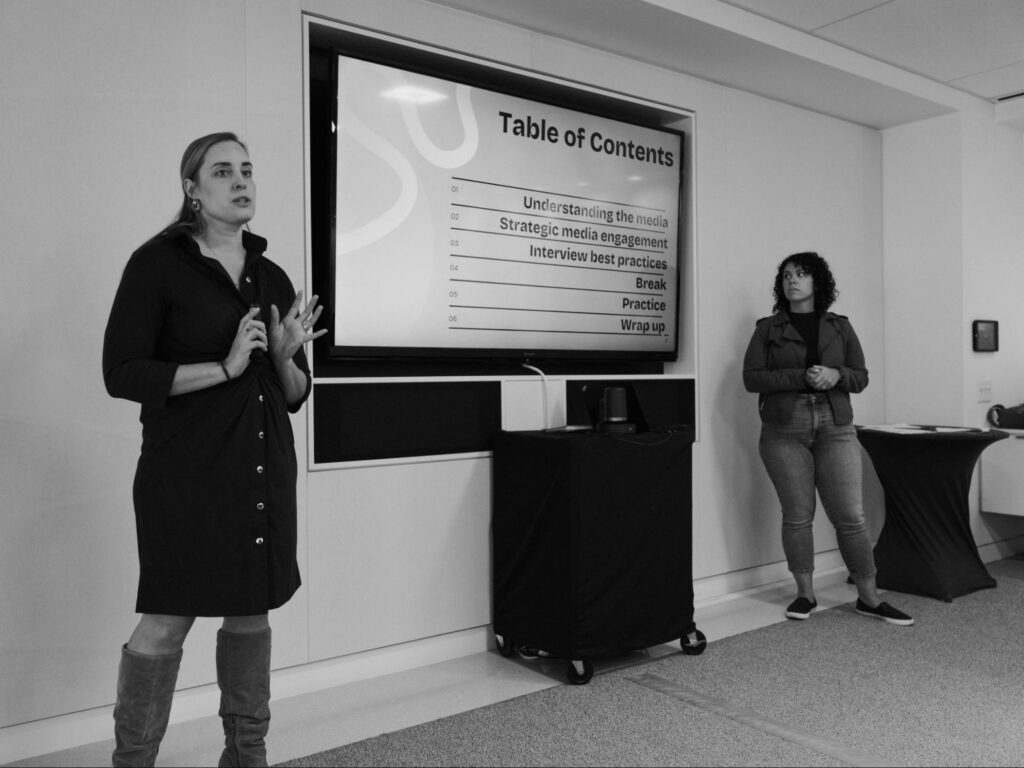

NDIA created dossiers for each affiliate so they could understand the offices they would be speaking with, what they care about and how to get them to understand the importance of Digital Equity.
Affiliates were then paired with mentors from our partner organizations, both to get into the policy specifics and to practice their visits with offices.
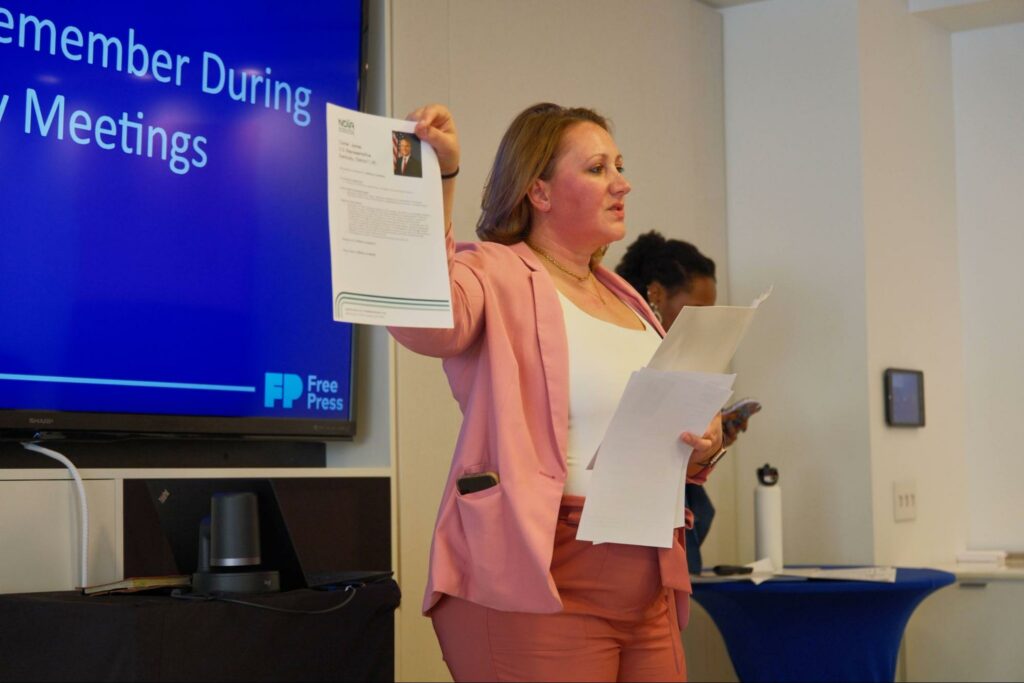
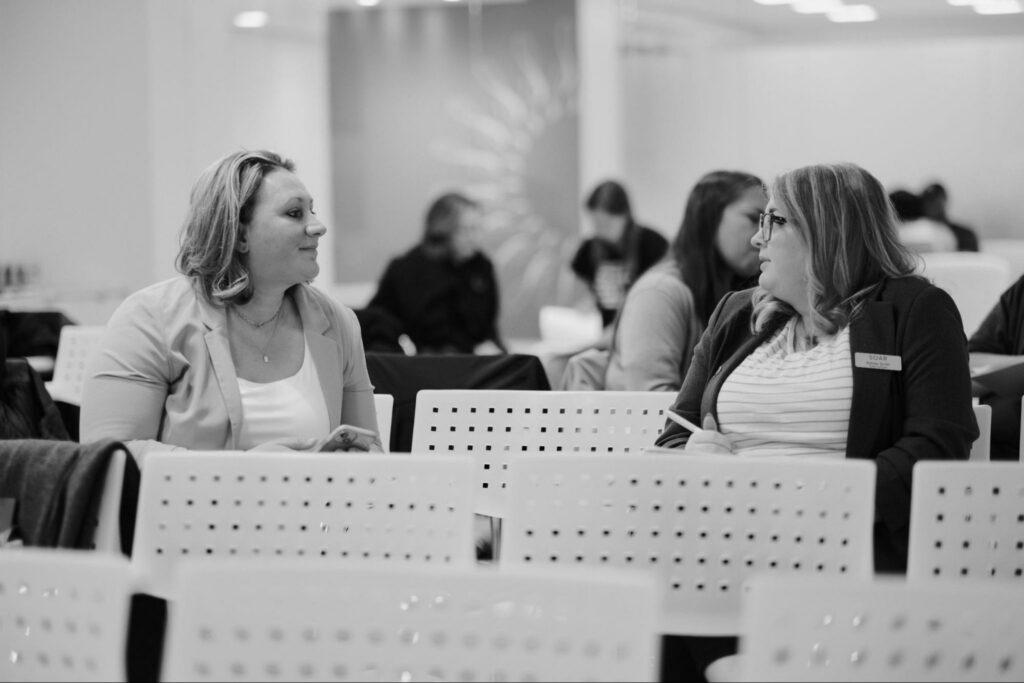
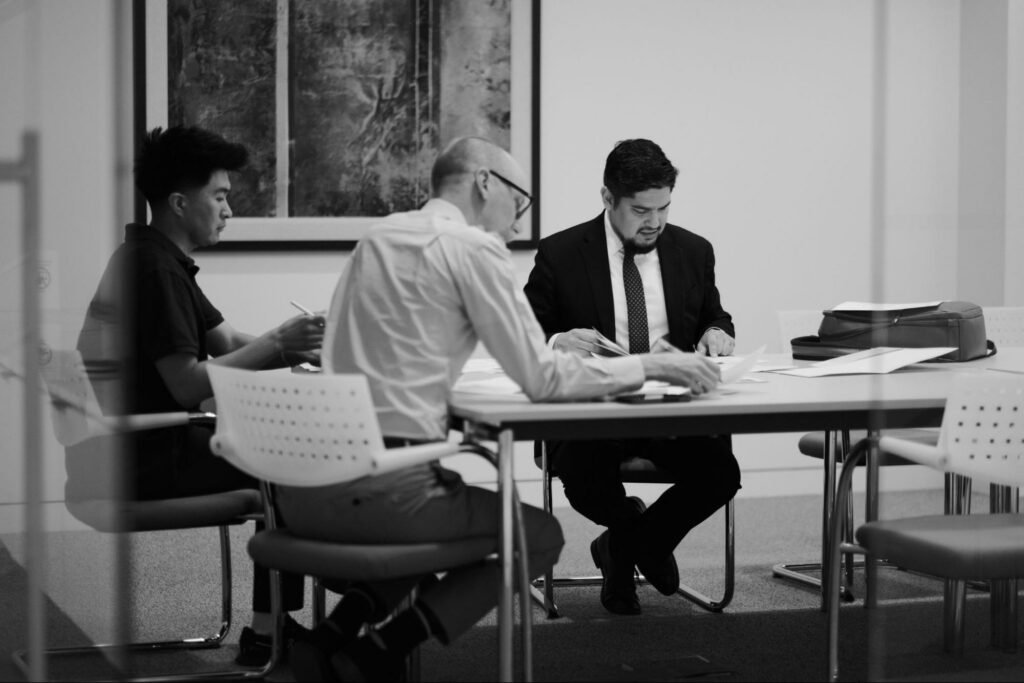
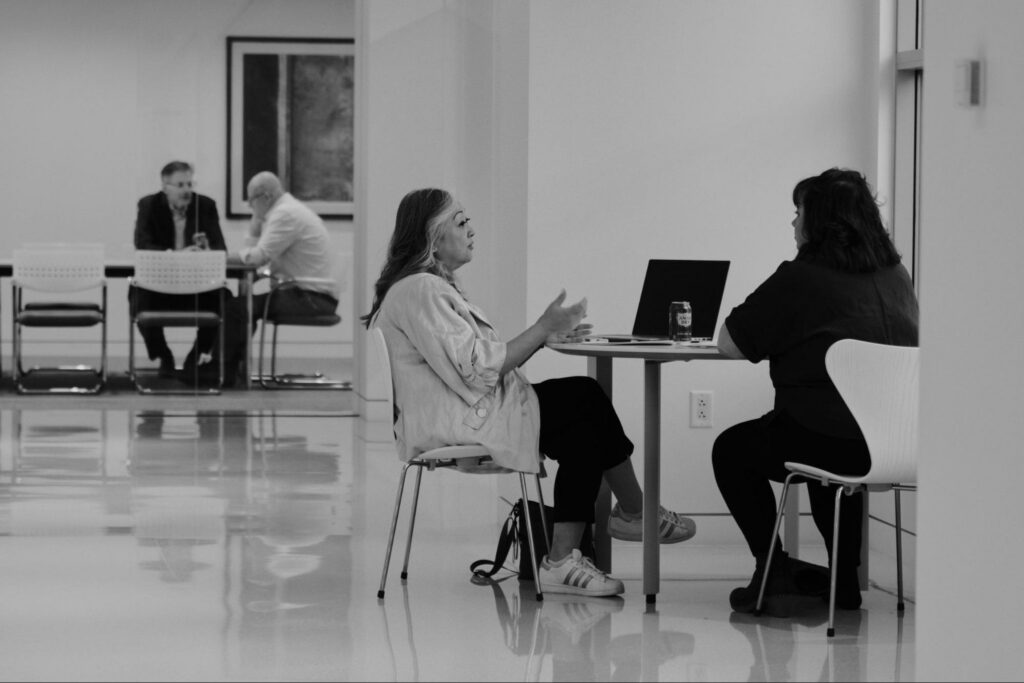
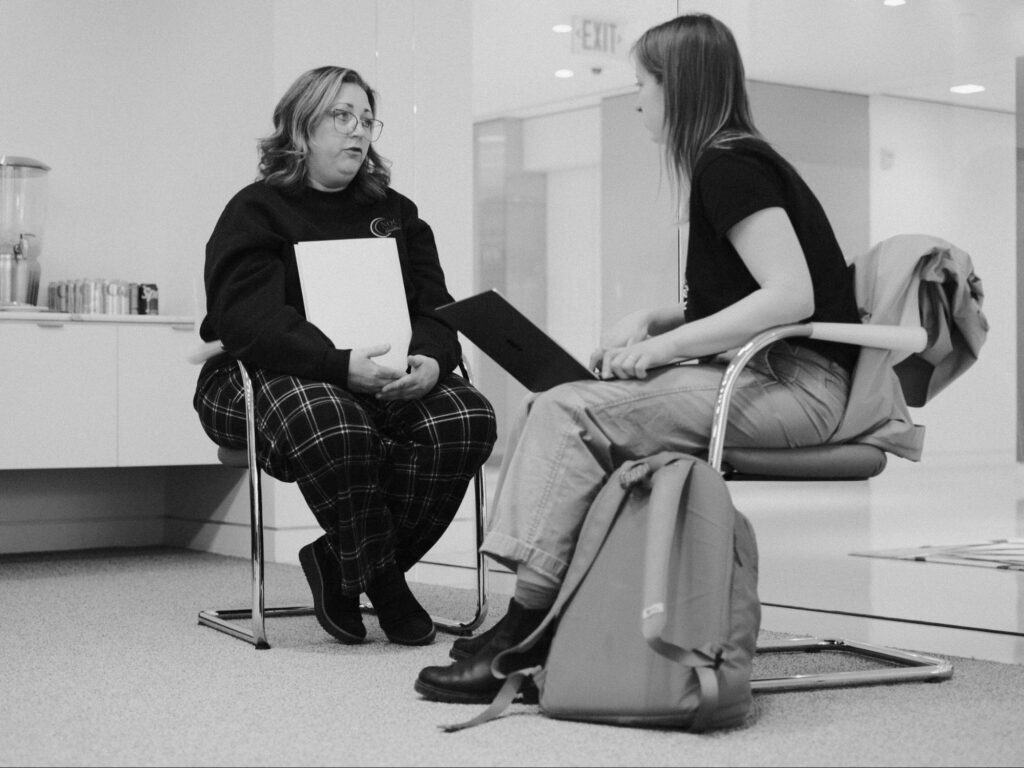


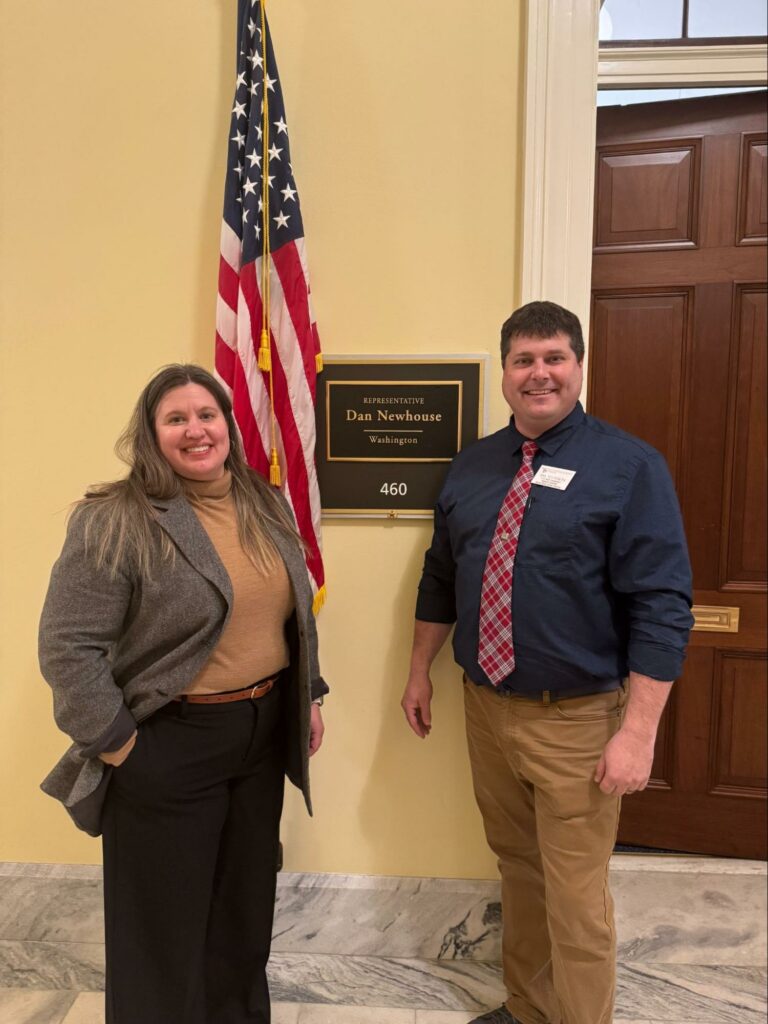
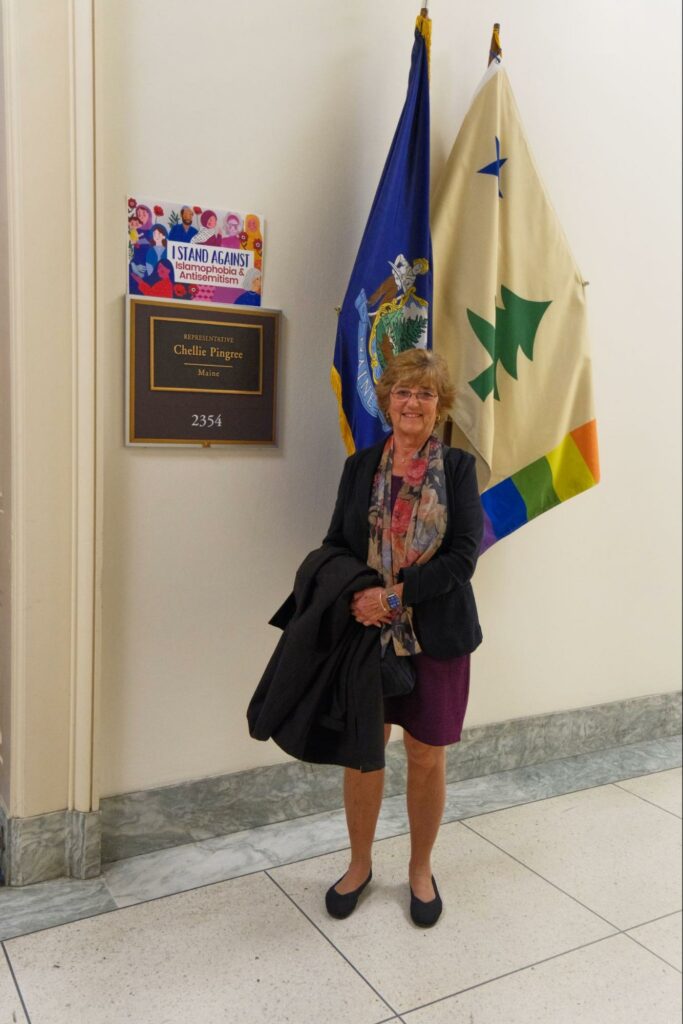

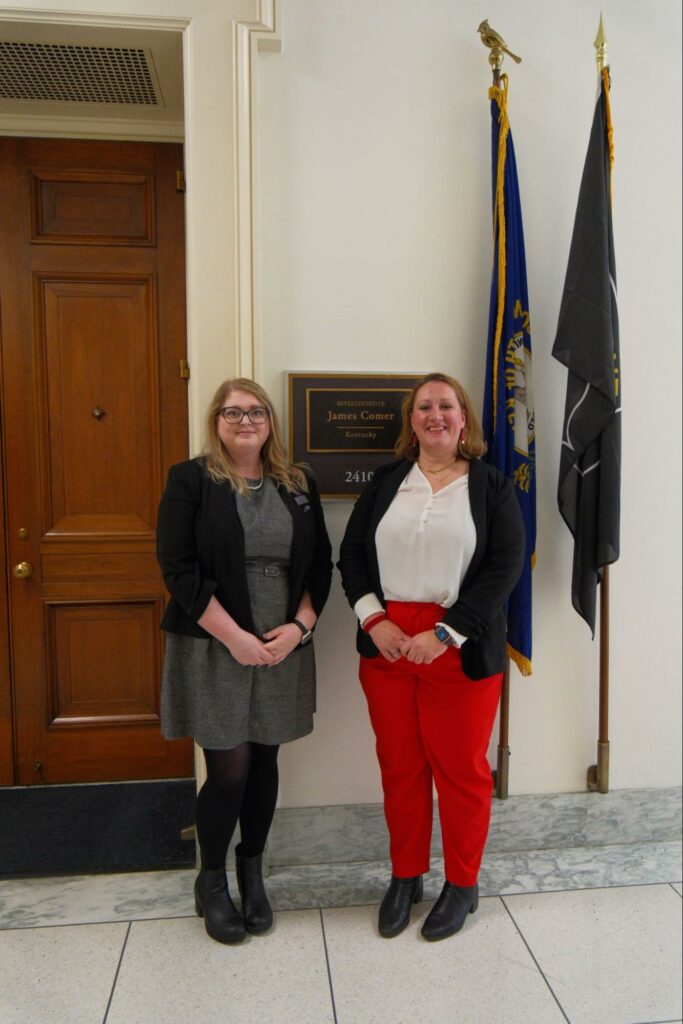
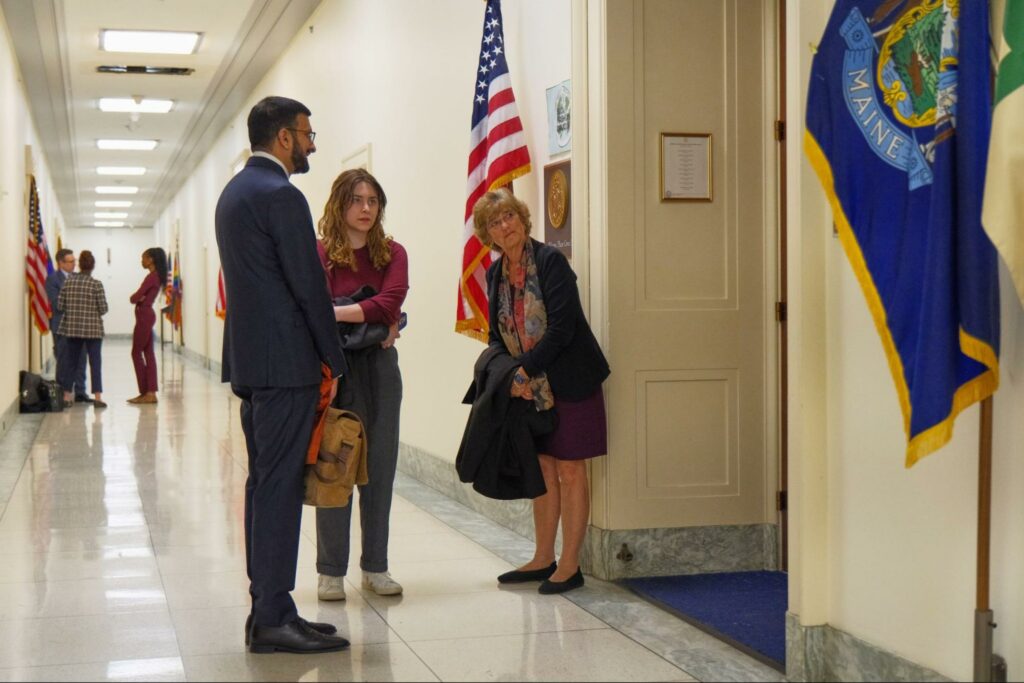
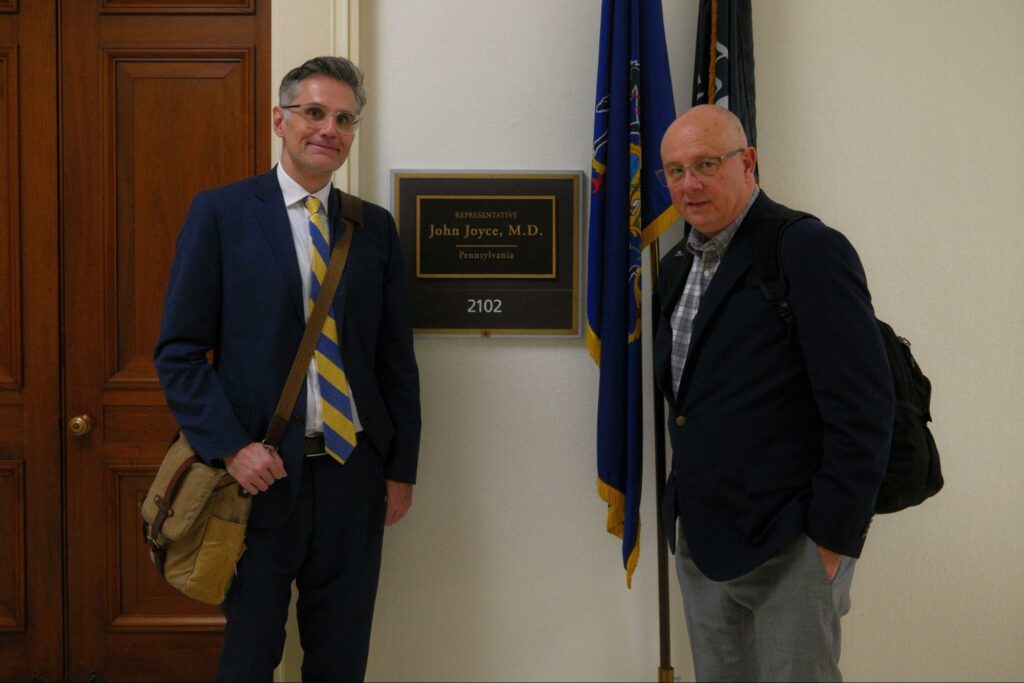
As the NDIA affiliates would come to learn from conversations with members of Congress and their staff, some didn’t even know DEA (human broadband infrastructure) from BEAD (the physical and technological infrastructure aka “wires in the ground”). When affiliates talked about what digital equity actually entails–connecting community members with affordable broadband plans, helping folks get access to devices, and teaching clients the skills to safely navigate the internet–the electeds and their staff all agreed wholeheartedly that the work was not just important, but critical. One of the affiliates mentioned when visiting their Senator, that the Senator was all for the kind of important work Digital Equity and Inclusion practitioners do, but afterwards pointing to the word Equity and saying, “here’s the problem.”
When making critical and in person connections with their members of Congress, NDIA affiliates were able to get their electeds to understand and agree on how important their work was. Even though Republican members seem trapped in a culture war on words, they couldn’t even deny the importance of the work these affiliates were doing in the communities with the constituents they represented. They couldn’t deny the power of the stories of how Digital Navigators were helping community members to transform their lives.
The thing about critical connections is that it’s not critical or a real connection if it only happens once. NDIA and partners prepped the affiliates not to just finish their meetings and head home satisfied that the proverbial hay was in the barn, but instead to understand these meetings as the first step in making long-term connections. This Hill day wasn’t a political tryst, but rather the beginning of building real relationships.
In my work at MediaJustice as a Senior Campaign Lead, I’m fortunate to make critical connections of my own. My work has been organizing around the Internet and has now expanded to include our media system and landscape. As I’ve been connecting with community folks organizing for a better Internet, I’ve also spent the last year deepening my relationships with our Community Media partners, like CreaTV San Jose, PhillyCAM and St. Paul Neighborhood Network. These organizations who teach their community members how to create, use and navigate media are doing important digital equity work also and are becoming a growing part of thriving digital equity ecosystems. I was also able to witness these intersections firsthand when I attended last year’s national conference for Community Media groups, the Alliance for Community Media. I’ve really come to better understand how intersectional the work of community media and digital equity is when you get down to the local level.
Later this spring, MediaJustice is bringing a delegation of both our community media friends and digital equity advocates along with community technologists and community organizers to NDIA’s Net Inclusion conference this year. I’m particularly looking forward to making connections across sectors for folks who understand that their work isn’t just to provide services or put bandaids on our structural issues, but rather to advocate and organize to make structural changes so that we can transform our economy, our relationships with tech & media systems, and ultimately our communities.
Our opposition will always have the resources, but the greatest resource is us. It’s the people in our communities, the ones we fight for and with. When we make enough of these critical connections, our power will be greater than even the seemingly insurmountable resources of our opposition. I look forward to being in this fight and staying connected with all of you as we build out this community that can win the future we’re fighting for.

